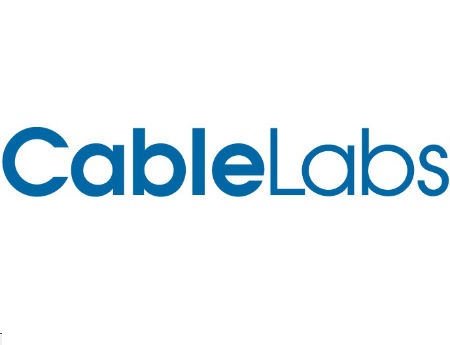CableLabs Developing GPON-Focused Specs

Aiming to replicate the work it’s already been doing with EPON, CableLabs has an interoperability initiative underway that will enable cable operators to use DOCSIS-style provisioning on GPON networks.
Those specs, to be called DOCSIS Provisioning of GPON, or DPoG, are currently in the draft/review phase, a CableLabs spokeswoman said via email. “CableLabs anticipates releasing the first public version [of the DPoG specs] later in 2014,” she added.
Some of that work came to light Tuesday, when Calix announced that its Open Link Cable system, already in use by Grande Communications, is designed to align with the emerging DPoG specs and is “based on concepts” introduced by the current DOCSIS Provisioning of EPON (DPoE) specs.
The latest batch of work will pave the way for cable operators to utilize their existing DOCSIS provisioning on both EPON- and GPON-based network deployments, which have been largely relegated to limited greenfield residential buildouts and for fiber-based services tailored for business customers.
The CableLabs DPoE effort has already produced a sizable initial batch of vendors that have achieved qualification for the 1.0 version of the specs, including Alcatel-Lucent, Aurora Networks, CommScope, Huawei, Sumitomo Electric, ZTE, CTDI, and Finisar. Qualification means those products have been deemed interoperable.
In the DPoE world, the DPoE System is analogous to the cable modem termination system (CMTS), while the Optical Network Unit (ONU) behaves as the modem at the customer premises.
Supporting DOCSIS provisioning on GPON will benefit MSOs that use that particular flavor of fiber-to-the-premises technology, rather than limiting it only to operators that have rolled out EPON technologies.
Multichannel Newsletter
The smarter way to stay on top of the multichannel video marketplace. Sign up below.
Separately, CableLabs has also sparked an effort that seeks to bring unity to the PON standards governed by the Institute of Electrical and Electronics Engineers (IEEE) and the International Telecommunications Union (ITU). That CableLabs effort, called “OnePON,” aims to bridge some of the technical differences separating EPON and GPON as the standards bodies move ahead on new generations of those platforms.
The idea for OnePON was spawned after it became increasingly clear that EPON and GPON are naturally coming together through the common use of Ethernet transport, Curtis Knittle, director of optical technologies at CableLabs, said in an earlier interview (subscription required), noting that CableLabs is looking to facilitate that discussion among the standards bodies.
